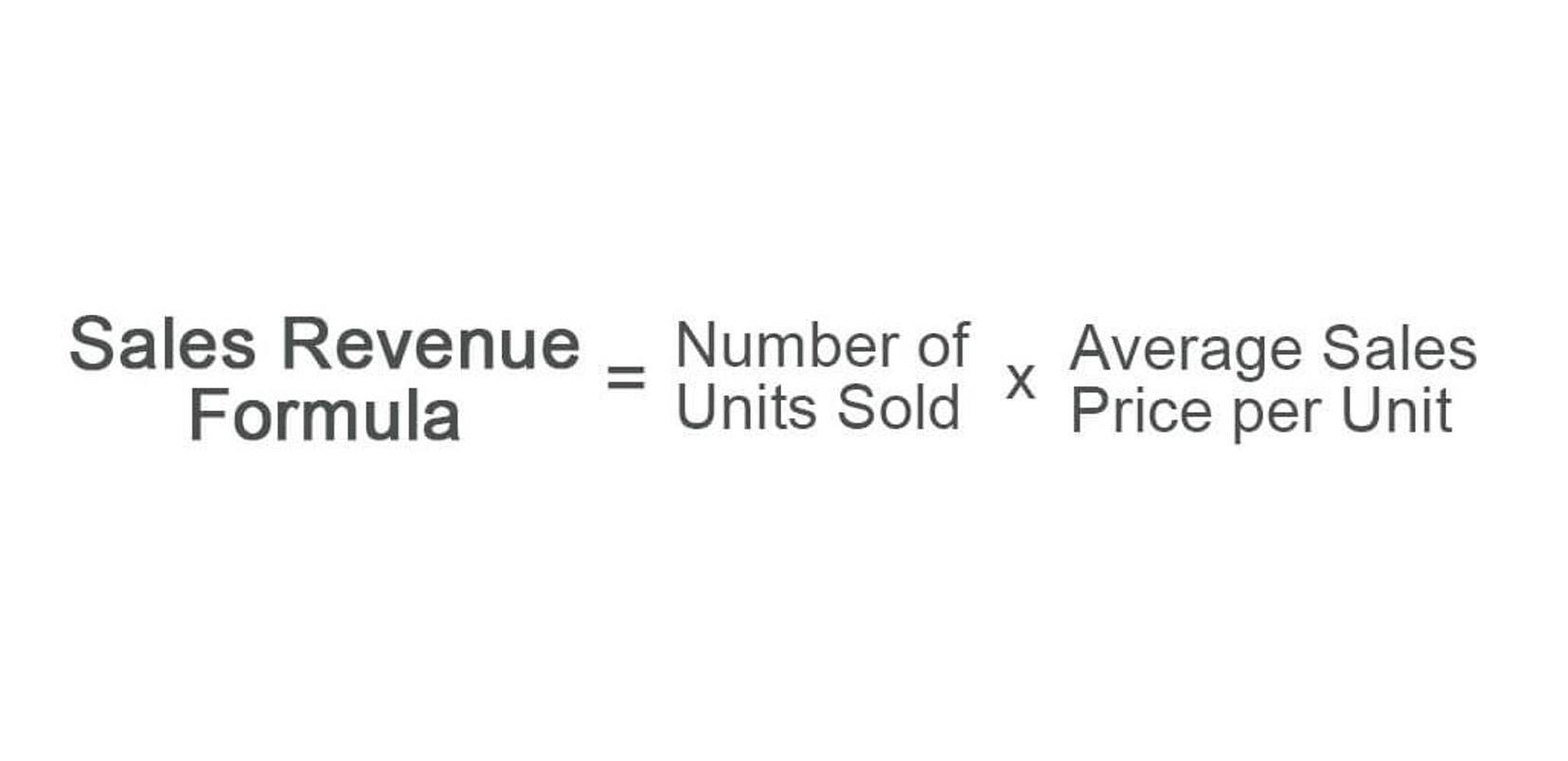
Audits help uncover any counting errors, theft, damage, obsolescence issues, or other problems causing differences between booked LIFO reserve levels and actual inventory. Discrepancies identified can then be addressed through LIFO reserve adjustments. More frequent cycle counts focused on high-value SKUs also contribute to improved precision of LIFO figures between full audits. Maintaining accurate inventory counts ensures the LIFO reserve aligns with reality. The change in the LIFO reserve balance each year also impacts cost of goods sold and net income. An increasing reserve lowers COGS and raises net income, while a decreasing reserve does the opposite.
- On the other hand, manufacturers create products and must account for the material, labor, and overhead costs incurred to produce the units and store them in inventory for resale.
- In this lesson, I explain the easiest way to calculate inventory value using the LIFO Method based on both periodic and perpetual systems.
- As a business owner operating in the USA, it’s important to familiarize yourself with the Last-In-First-Out (LIFO) inventory valuation method.
- The total cost of goods sold for the sale of 350 units would be $1,700.
LIFO vs. FIFO: Financial Reporting
- The FIFO and LIFO compute the different cost of goods sold balances, and the amount of profit will be different on December 31.
- This method takes into account the total dollar value of the stock items, hence neutralizing the inventory valuation against the effect of inflation or deflation.
- It’s a smart move for businesses looking to save money when inflation is a thing.
- When the trucks need to be filled, does the town take the salt from the top or bottom of the pile?
- Jean earned her MBA in small business/entrepreneurship from Cleveland State University and a Ph.D. in administration/management from Walden University.
- In order to help you advance your career, CFI has compiled many resources to assist you along the path.
- Because LIFO expenses newer, higher-cost inventory first, it provides a more realistic view of current expenses.
When inventory costs are rising, LIFO records the most recent (higher-cost) inventory as an expense first, increasing the COGS. This results in lower taxable income, reducing the amount a company owes in taxes. In Year 3, there is a decline in the ending inventory unit count, so there is no new layer lifo method formula to calculate. Instead, the controller assumes that the units sold off are from the most recent inventory layer, which is the Year 2 layer. When combined with the $15,000 cost of the base layer, Entwhistle now has an ending inventory valuation of $34,800.

Impact on Financial Statements

This means that if you purchased a batch of 300 goods and only sold 150, you would multiply the purchase price by 150. Higher reported gross income also leads to an inflated representation of profits. A company generates the same amount of income and profits regardless of whether they use FIFO or LIFO, but the different valuation methods lead to different numbers on the books. This can make it appear that a company is generating higher profits under FIFO bookkeeping for cleaning business than if it used LIFO. Last-In, First-Out (LIFO) method is used to account for inventory that records the most recently produced items as sold first. LIFO allows these companies to account for rising production costs, ensuring that reported profits are not artificially inflated when raw materials become more expensive.
LIFO Reserve Formula: Accounting Explained
- Based on the calculation above, Lynda’s ending inventory works out to be $2,300 at the end of the six days.
- In other words, the older inventory, which was cheaper, would be sold later.
- In summary, while the LIFO reserve impacts financial statements and ratios, its effects should be considered carefully regarding the true, economic financial position.
- LIFO (“Last-In, First-Out”) means that the cost of a company’s most recent inventory is used instead.
Boost normal balance your confidence and master accounting skills effortlessly with CFI’s expert-led courses! Choose CFI for unparalleled industry expertise and hands-on learning that prepares you for real-world success. CFI is the global institution behind the financial modeling and valuation analyst FMVA® Designation. CFI is on a mission to enable anyone to be a great financial analyst and have a great career path. In order to help you advance your career, CFI has compiled many resources to assist you along the path.
Under FIFO, older (and therefore usually cheaper) goods are sold first, leading to a lower average cost of goods sold. In contrast, LIFO results in higher COGS and lower reported gross income. Since the cost of labor and materials is always changing, FIFO is an effective method for ensuring current inventory reflects market value. Older products are assumed to have been purchased at a lower cost, so when they’re sold first the remaining inventory is closer to the current market price. The weighted average cost method averages the cost of all the inventory items, irrespective of the purchase date. It therefore tends to smooth out price variations over time and provides a consistent valuation.
